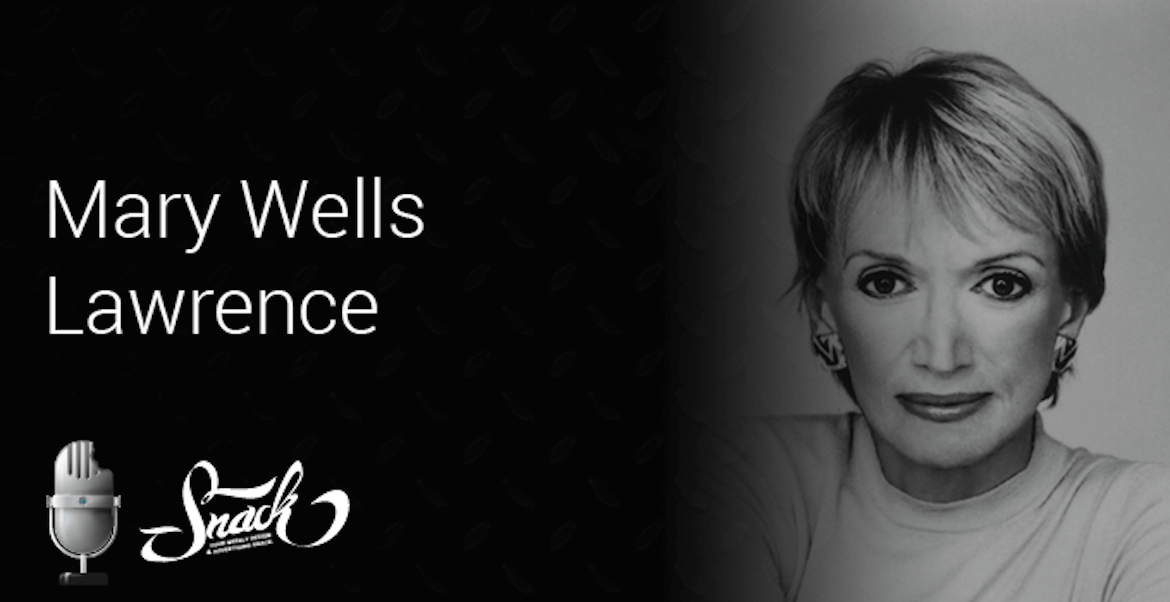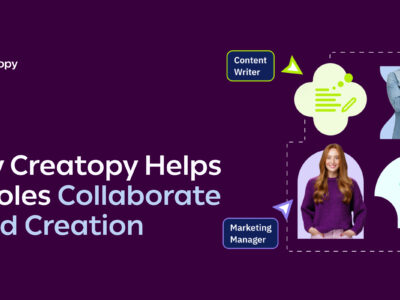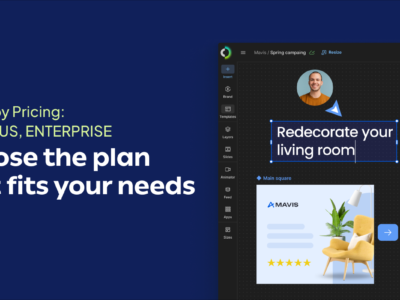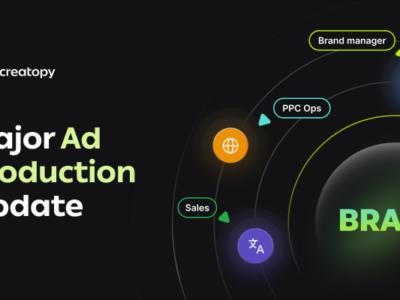When we talk about strong and independent women we have to mention Mary Wells Lawrence. She is the first woman to have an advertising company listed on the New York Stock Exchange.
Today, we are going to take a look at her career evolution, the 1960’s advertising scene, and some of Mary’s biggest campaigns.
Enjoy.
SCRIPT
Today we are going to talk about someone who is a raw model for me, not just because she’s a woman, but because she is the first woman president of an advertising agency and the first woman CEO of a company on the New York Stock Exchange.
Before I tell you who I am talking about, I want to thank Creatopy for making this podcast happen. If you want to create awesome animated and static banners, they are your go-to guys.
Now back to our awesome episode.
So as I said, we are going to talk about a truly remarkable woman.
Mary Wells Lawrence, born on May 25, 1928, in Ohio, United States she is the founder, chairman, CEO and president of Wells Rich Greene. She is not just the first Ceo of a company on the New York Stock Exchange, she was also a reason why young men and women start doing advertising. They all wanted to “be like Marry”.
As a lot of good Advertisers, Mary didn’t study marketing or advertising in college. Instead, she studied acting for a year at the Neighbourhood Playhouse School and then switched to Carnegie Institute of Technology in Pittsburgh.
After almost 5 years, on December 28, 1949, she became Ms. Wells marrying Burt Wells. As anyone who wanted to be someone in the advertising industry, they moved to New York where she started humbly working in department stores before getting a job at Macy’s as a fashion advertising manager. However, this didn’t last very long In 1953, she took a position as a writer and copy group head at McCann-Erickson, working on retail-oriented accounts, including the International Silver Co. and zipper marketer Talon Inc.
After a trip to Europe where she decided whether to continue doing advertising or not, she started working at Doyle Dane Bernbach where her career in advertising started to take off.
Her first iconic ad was for French Tourist Office. The text said “Think you’ve seen France? Think again.” The photo was a classic Erwitt Elliot, depicting a man in a beret, with a little boy behind him, pedaling a bike down the road with their backs facing us. Tied to the rear of the bike are two long, skinny baguettes.
In 1964, Mary felt like she didn’t have enough creative freedom at DDB so she started working at Jack Tinker & Partners.
The 60.000$ salary was also a reason why she joined Jack Tinker & Partners.
Her first awarded ad was the “No matter what shape your stomach’s in” campaign which won a Clio Award. On this particular campaign, she worked with Dick Rich and Steward Greene.
The commercials utilized a song called “No Matter What Shape Your Stomach’s In,” a different version of which was recorded by the T-Bones and was released as a single, which became a hit in 1966. The ads were unique because they featured only the midsections (no faces) of people of all shapes and sizes.
1967 was an important year for Mary. Altho she just divorced Bert a year before, her career was booming.
With a little bit of help and some operating money from the Chemical Bank, Wells Rich Greene Incorporated started its activity with offices at the Gotham Hotel.
This a huge step for Mary. I quote “ I let loose the bear. When I had my chance, everything that I was and everything I’d learned came together in Wells Rich Greene and made theater out of the advertising business. My way of running an agency was as if it were a motion-picture company with a lot of productions happening at one time; I was the director, sometimes the star.”
The thing is, she views things differently. She didn’t want to have just another plane advertising agency, she wanted a heroic agency. In her words “ I wanted a heroic agency. I dared everybody to be bold, to be thrilling, and I dared our clients to be bold and thrilling as well. I kept saying that our goal was to have big, breakthrough ideas, not just to do good advertising. I wanted to create miracles.
This wasn’t the only big thing that happened to her in that time period. She married former Braniff International Airways president Harding Lawrence in Paris.
Braniff International Airways was also one of Mary’s client. In fact, that’s how she and Harding met and get to know each other.
However, their marriage was considered as a potential conflict of interest so the agency resigned the 7 million dollars Braniff account to avoid potential charges.
The airline wasn’t the only big client they had so they still made money. Like a lot of money. By the end of 1967, WRG was billing $30 million. Some of the agency’s clients included American Motors, Cadbury Schweppes, IBM, Procter & Gamble, RC Cola, and believe it or not, the New York State.
In some of our previous episodes, we talked about a designer who worked with the New York State, and the cool thing is that they worked on the exact same project. Milton Glaser was the designer who created the famous “I love New York” logo but Wells Rich Greene, was the agency who developed the campaign.
The campaign was a huge success. Glasser and Mary worked together to create something truly remarkable. If you want to learn more about that campaign, the link is in the description of the Milton Glaser episode.
Mary Wells Lawrence retired in 1990 at the age of 62 and she sold 40% of Wells Rich Greene to BDDP. Later on, Mary was named to the Advertising Hall of Fame by the American Advertising Federation.
And that’s all for today, folks.
Thanks a lot for listening. I hope you enjoyed this week’s advertising Snack. Please let us know in the comments who is your favorite designer or marketer and I assure you that we will talk about him.
Until next time, keep being awesome!








